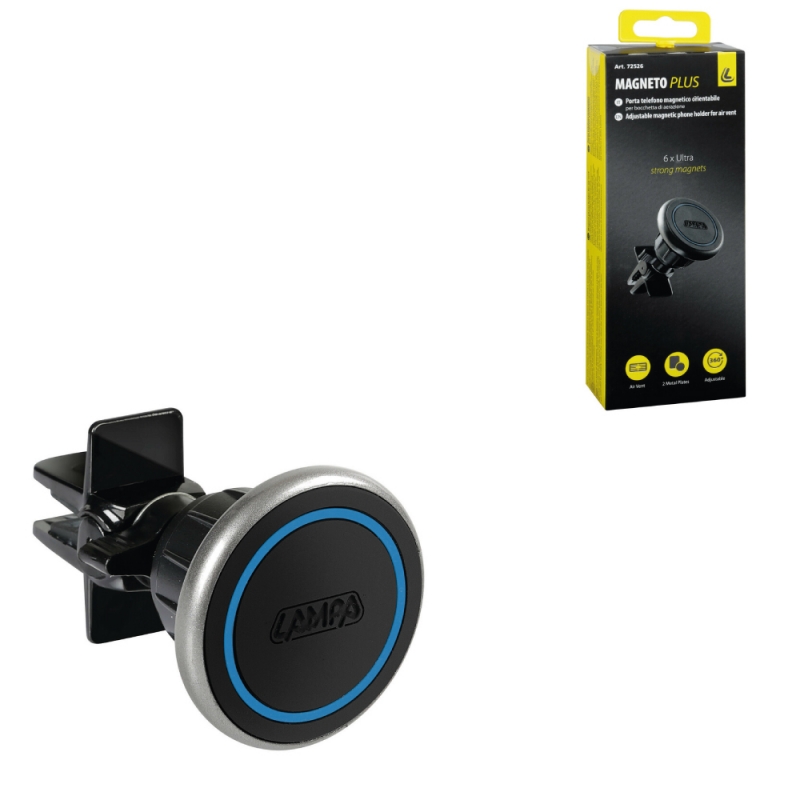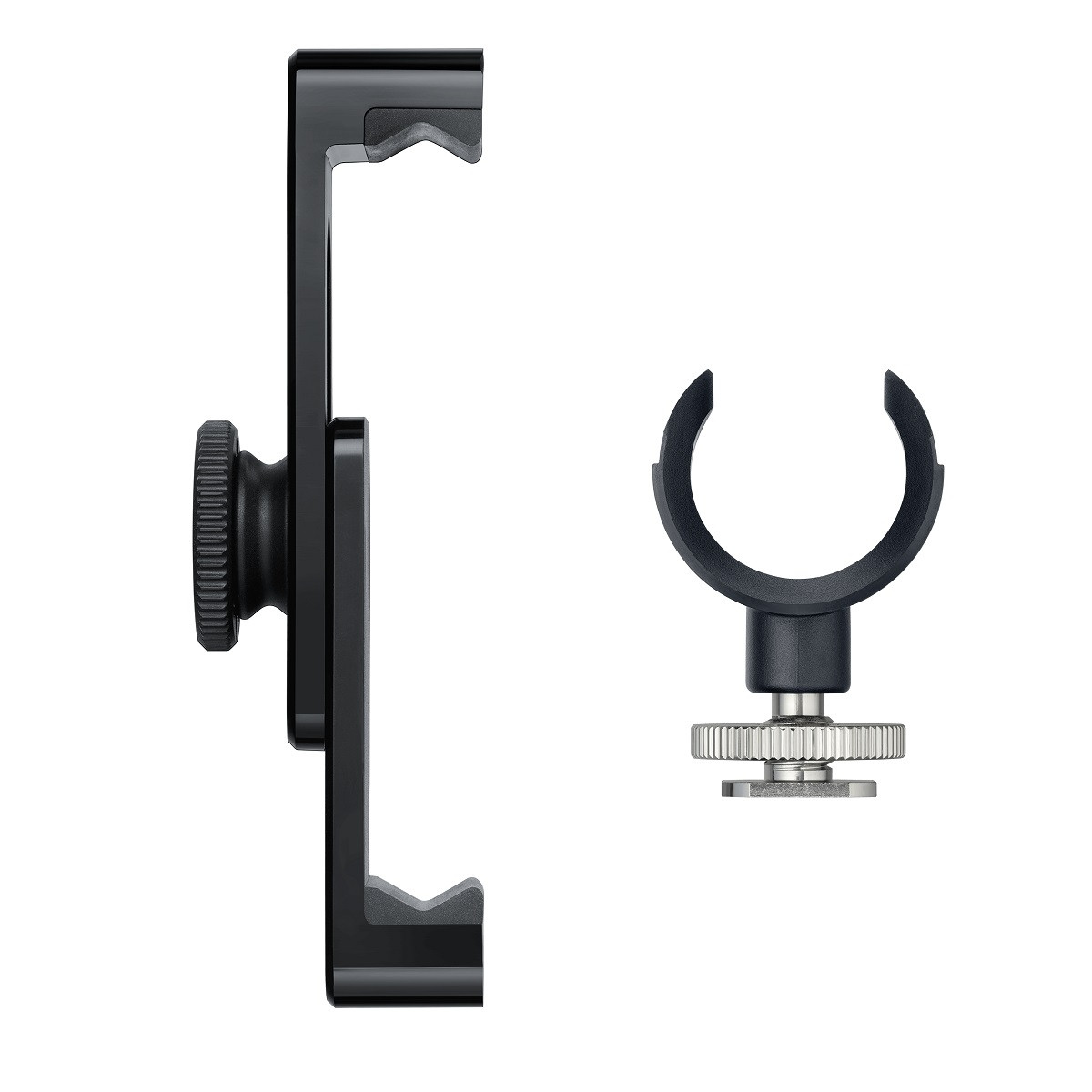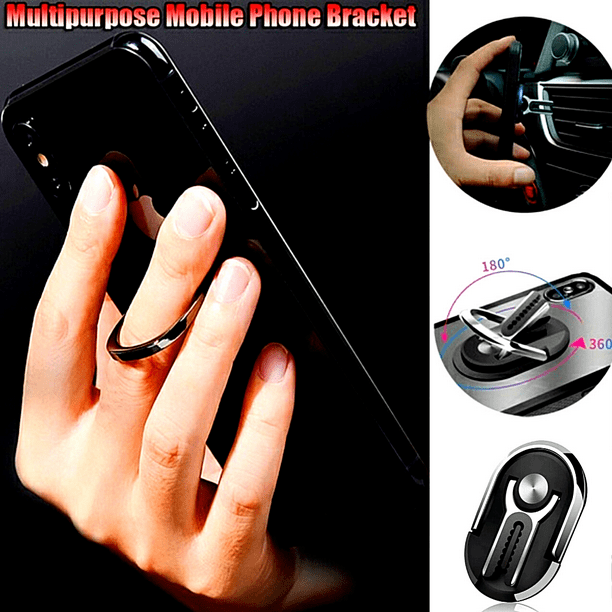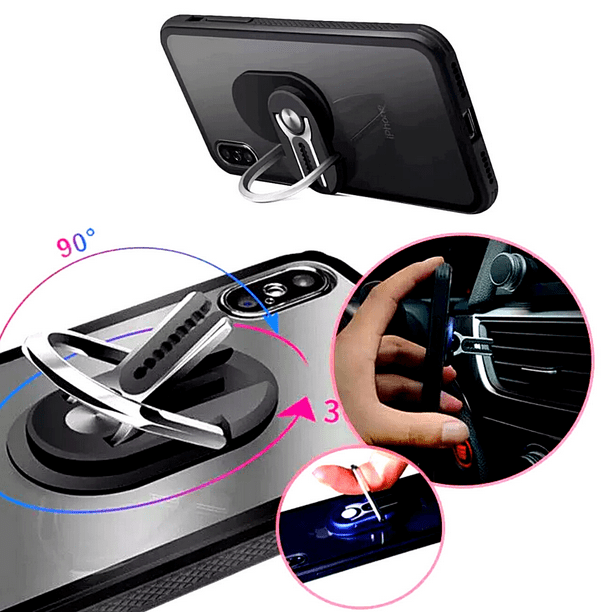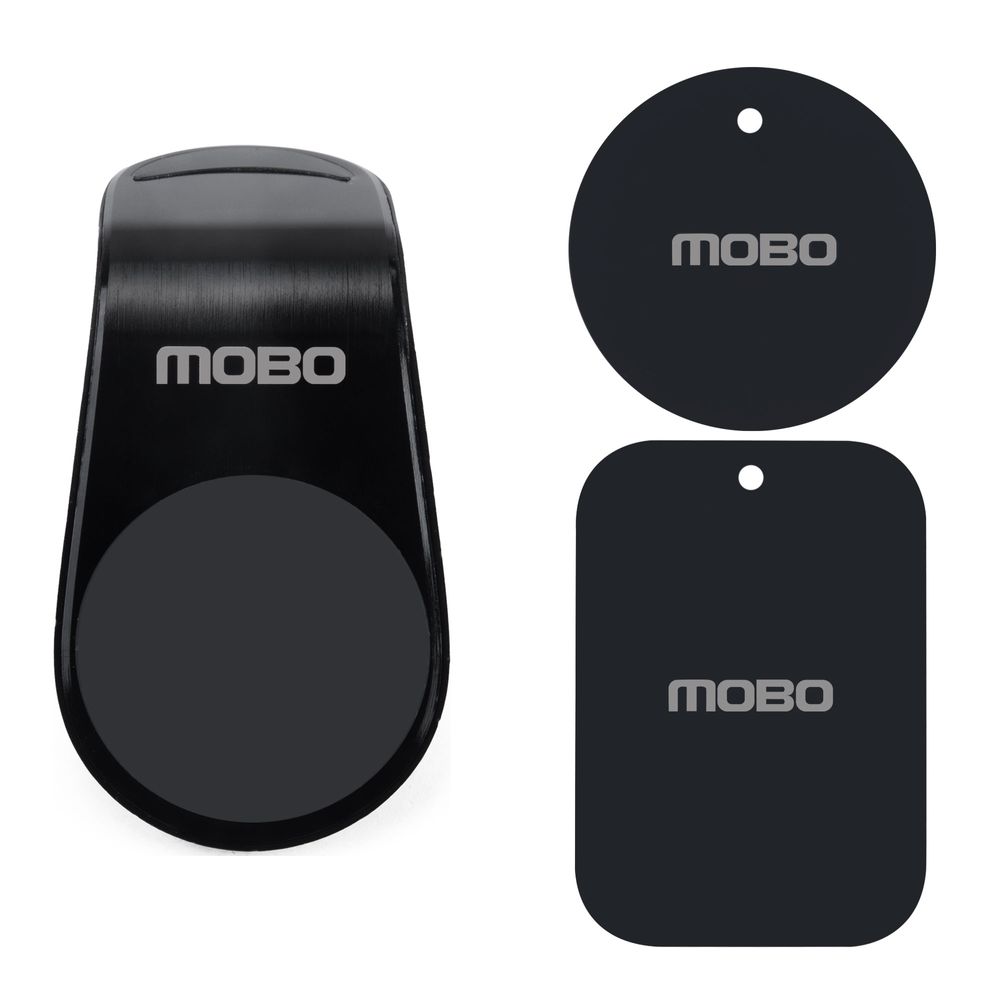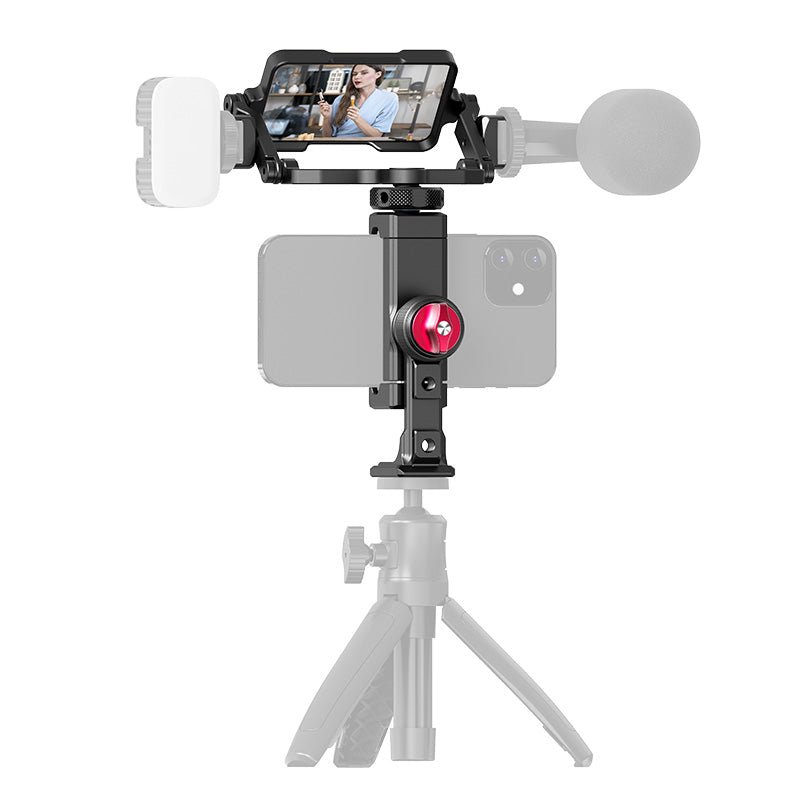
Amazon.com: VANMASS Soporte para teléfono celular para automóvil, parabrisas, rejilla de ventilación de auto, con clip de ventilación y panel de tablero, fuerte succión adhesiva, soporte para auto con liberación de un

Amazon.com: Lume Cube Clip para teléfono móvil, soporte de trípode de aluminio con soporte universal para teléfono celular para iPhone y otros smartphones, adaptador de trípode para videos y vlogging de YouTube

Clip Pro: el nuevo receptor de pagos en México es en realidad un teléfono Xiaomi con Internet ilimitado
![Soporte Para Teléfono Para Automóvil [Clip Mejorado Nunca Se Cae] Soporte Para Teléfono De Automóvil, Ventilación De Aire De Automóvil, Manos Libres, Soporte Para Teléfono Celular Para Automóvil, Compatible Con Todos Los Soporte Para Teléfono Para Automóvil [Clip Mejorado Nunca Se Cae] Soporte Para Teléfono De Automóvil, Ventilación De Aire De Automóvil, Manos Libres, Soporte Para Teléfono Celular Para Automóvil, Compatible Con Todos Los](https://atukasa.com.py/wp-content/uploads/2022/11/81iReadMegL._AC_SL1500_.jpg)
Soporte Para Teléfono Para Automóvil [Clip Mejorado Nunca Se Cae] Soporte Para Teléfono De Automóvil, Ventilación De Aire De Automóvil, Manos Libres, Soporte Para Teléfono Celular Para Automóvil, Compatible Con Todos Los

Amazon.com: AMS Soporte para teléfono celular, soporte de clip, soporte flexible y brazos largos para todos los móviles, se ajusta a la cama de escritorio, soporte móvil para dormitorio, oficina, cocina :

Amazon.com: Adaptador de trípode para teléfono celular – Soporte de trípode para iPhone – 7 SE 6 6S Plus 5 5S 5C 4 4S Soporte de clip accesorio conector para teléfono inteligente



